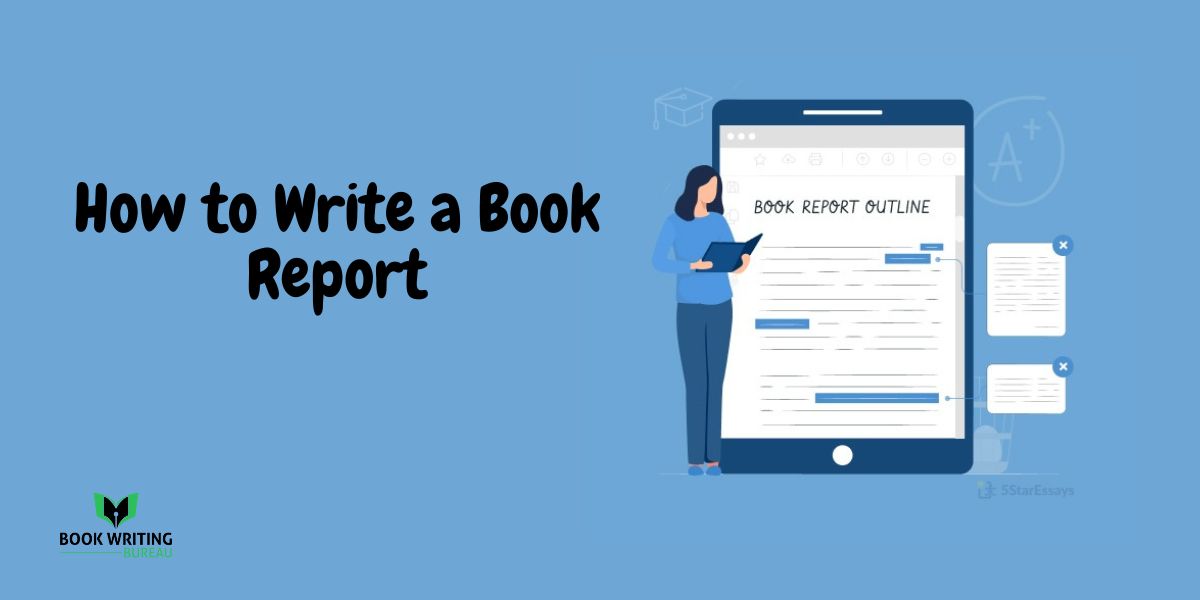
Printing
Printing a book is essential in bringing your literary work to readers, but it comes with its own set of costs that can vary significantly.
The question then arises: How much does it cost to print a book?
The book printing costs are influenced by many factors, including the size and format of the book, the number of pages, the type of paper and cover material used, and the number of books being printed in a single run.
Some books can be printed for as little as a few hundred dollars, while others, particularly those requiring high-quality materials or elaborate designs, can cost several thousand dollars.
The more complex and high-quality your book is, the more expensive the printing will be. As you begin planning the printing of your book, it’s wise to determine the budget and timeline of the project before proceeding.
The Price of Bringing Books to Life
To figure out how much it costs to print a book, all of these must be carefully considered, just like in the app development business.
It is important to know that there are many options when evaluating book printing prices, each with cost implications. This is also true when making apps. You can start writing with more focus and planning if you know these things, whether you’re making a simple book or a pricey hardback.
Allow us to shed light on the financial considerations surrounding the creation of printed literary masterpieces.
How Much Does It Cost to Print a Book – Pricing List
| Item | Average Price |
|---|---|
| Simple Book | $1.50 – $3.00 per unit |
| Complex Book | $3.00 – $6.00 per unit |
| High-End Book | $10.00 – $20.00 per unit |
| Digital Printing | $0.50 – $1.50 per unit |
| Offset Printing | $0.20 – $0.50 per unit |
| Specialty Printing | $2.00 – $5.00 per unit |
| Standard Sizes | No significant cost difference |
| Custom Sizes | May increase by 10-20% |
| Standard Paper | Included in base cost |
| Premium Paper | $0.50 – $1.00 per unit |
| Low Quantity | $5.00 – $10.00 per unit |
| High Quantity | $1.00 – $3.00 per unit |
| Standard Binding | $0.10 – $0.30 per unit |
| Specialty Binding | $1.00 – $3.00 per unit |
| Ongoing Costs | Varies based on services |
| Prepress Preparations | $200 – $500 per project |
| Ink and Color Usage | $0.10 – $0.50 per unit |
| Binding Type | Varies; hardcover most expensive |
| Book Dimensions | Varies based on size |
| Print Run Quantity | Economies of scale; decreases with larger quantities |
| Cover Design | $50 – $500 per project |
| Illustrations/Graphics | $0.10 – $0.50 per unit |
| Text and Layout Complexity | $50 – $200 per project |
| Proofing and Prepress Expenses | $100 – $300 per project |
| Shipping and Handling | Varies based on destination and quantity |
| Custom Features | $1.00 – $5.00 per unit |
| Sustainability Practices | May increase by 5-10% |
| Region and Printer | Varies significantly |
Book Type
- Simple Book: The production costs of books with simple text content and little formatting are often lower. Fiction books and simple reference books are two examples.
- Complex Book: Books with complex designs, lots of photos, or complicated formatting often cost more since they demand more resources. Textbooks, art books, and comic stories are all in this group.
- High-End Book: The higher cost to publish a book is generally associated with premium books, which are often limited editions and contain high-quality materials, distinctive designs, and luxurious finishes. This class includes special editions and publications designed for a specific audience.
Printing Method
- Digital Printing: Digital printing gives you more options but may increase your book printing costs a little more per unit. It’s best for small print runs. People who self-publish smaller marketing projects often choose this option.
- Offset Printing: With bigger numbers, offset printing becomes more cost-effective, making it perfect for large print runs. On the other hand, setup costs can make it less cost-effective for smaller businesses.
- Specialty Printing: It adds a high-end touch with unique finishing options like metal stamps, embossing, or different paper styles, but it costs more.
Book Size and Format
- Standard Sizes: Using conventional book sizes, you can keep prices down since materials are accessible and can be used effectively.
- Custom Sizes: If you have a clear idea of the size and shape of the book you want, it might need special materials and production methods, which could increase the price.
Paper Quality and Weight
- Standard Paper: Using standard paper to print an eBook is a cost-effective solution ideal for most book projects.
- Premium Paper: A little extra money will get you a superior paper with improved texture and weight, which makes reading a more hands-on and elegant experience.
Quantity
- Low Quantity: It costs more per unit to print a small number of books, but this can work for special or limited-edition books.
- High Quantity: There is a lower cost per unit when printing many books, making it easier to get them to more people.
Binding and Finishing
- Standard Binding: Standard ways of binding, like perfect binding or saddle stitching, are cheap and easy to find.
- Specialty Binding: Consider low cost book printing online for premium details such as hand-stitched or case binding.
Ongoing Costs
- Consider post-printing expenses such as storage, distribution, and marketing efforts.
- Factor in potential costs for reprints, revisions, and ongoing promotional activities to maintain and grow the readership of your literary masterpiece.
- Prepress Preparations: Costs for layout design, typesetting, and proofreading.
Additional Elements in Book Printing Pricing
Here are some additional factors that can decide your book printing costs:
- Ink and Color Usage: Full-color printing is more expensive than black-and-white.
- Binding Type: Options like hardcover, paperback, and spiral binding vary in cost, with hardcover usually being the most expensive.
- Book Dimensions: Unusual or larger sizes can be more expensive to print.
- Print Run Quantity: The number of copies printed directly impacts the book printing costs. Larger quantities often reduce the cost per book due to economies of scale.
- Cover Design: Complex designs, the use of color, and special finishes (like embossing or foil stamping) can add to the cost.
- Illustrations/Graphics: Books with high-quality images or numerous illustrations can be costlier to print.
- Text and Layout Complexity: Elaborate layouts with different fonts and formatting require more intricate setup and design work.
- Proofing and Prepress Expenses: Costs for proof copies and prepress setup.
- Shipping and Handling: The cost of distributing books to retailers or directly to customers.
- Custom Features: Special features like fold-out maps, pockets, or inserts add to production costs.
- Sustainability Practices: Eco-friendly materials or processes can be more expensive.
- Region and Printer: Costs can vary significantly based on the geographical location and the specific printer’s pricing structure.
These factors can impact the overall cost of printing a book and often interact. For instance, opting for a higher print run might reduce the per-unit cost but will increase overall expenses.
Strategies for Reducing Book Printing Cost
Strategic planning, choosing the right materials, and using efficient methods are all needed to lower book printing costs.
Here are some effective strategies:
Choose for Economical Paper and Ink: To reduce costs, choose standard paper types and limit color printing to essential pages.
Simplify Design Elements: A simpler book design and layout can reduce printing complexity and costs.
Bulk Printing: Larger print runs often lower the cost per unit due to economies of scale.
Digital Printing for Smaller Runs: If you need fewer copies, digital printing can be more cost-effective than offset printing.
Choose Cost-Effective Binding: choose for a more economical binding option like perfect binding or saddle stitching.
Reduce Page Count: Tighten content and layout to decrease the total number of pages.
Utilize Print-On-Demand Services: Avoid overproduction and storage costs by printing books as ordered.
Negotiate with Printers: Get quotes from multiple printers and negotiate for better rates, especially for large orders.
Manage Distribution Efficiently: Streamline the distribution process to reduce shipping and handling costs.
Leverage eBook Formats: Offer digital versions, which eliminate printing costs.
Do Comprehensive Proofreading: Ensure thorough proofreading before printing to avoid costly reprinting due to errors.
Consider Co-Publishing: Share the printing and costs with another author or publishing house.
Source Materials Locally: Reduce shipping costs by sourcing paper and materials from local suppliers.
Utilize Efficient Formatting: Maximize the use of each page effectively to reduce the total number of pages.
Stages of the Book Printing Process
Here’s a concise overview of the printing process:
Prepress Preparation: Involves manuscript finalization, editing, layout design, typesetting, and creating digital files ready for printing.
Proofing: Checking and approving a sample (proof) of the final print to ensure text, color, and layout accuracy.
Plate Making: Creating plates for each color used in the print is essential for offset printing.
Printing: Printing the text and images onto paper using digital, offset, or lithographic printing methods.
Binding: Assembling the printed pages, which can include methods like saddle stitching, perfect binding, or hardcover binding.
Trimming and Finishing: Cutting the pages to their final size and adding finishing touches like laminating, embossing, or varnishing.
Quality Checking: Inspect the final product for any defects or inconsistencies.
Packaging and Distribution: Packaging the books for protection and distributing them to their intended destination or storage.
Case Study: Cost-Efficient Book Printing
Overview:
The initial book printing cost estimates were significantly high due to the book’s need for premium paper and full-color printing. Reducing these costs was challenging without compromising the book’s visual appeal.
Objectives:
- Reduce overall printing costs.
- Maintain the high quality of images and overall book design.
- Ensure efficient production and distribution.
Strategies Implemented:
- Bulk Printing: The publisher decided to print a larger quantity in one run to benefit from economies of scale.
- Paper Selection: Instead of opting for the highest quality paper, a mid-range option still offered good color reproduction and durability was chosen.
- Digital Printing for Prototypes: For initial proofs and review copies, digital printing was used, which was more cost-effective for small runs.
- Optimized Layout: The design team reworked the layout to use space more efficiently, reducing the total number of pages without affecting content quality.
- Negotiated Printer Contracts: The publisher negotiated book printing costs and offered a favorable deal, leveraging a long-term partnership and the size of the print order.
- Local Distribution Network: Utilized a local distribution network to cut down on shipping costs.
Results:
- The bulk printing strategy led to a 20% reduction in the cost per unit.
- By choosing a mid-range paper quality, the overall printing cost was reduced by 15% without a noticeable compromise in image quality.
- Digital printing for prototypes saved approximately 10% in the prepress stage.
- The optimized layout decreased the page count, leading to a 5% reduction in total printing costs.
- Negotiated contracts with the printer and local distribution networks to cut costs by an additional 10%.
Cost-Effective Practices in Bridging History and Future Progress
Developing a book requires a comprehensive approach to managing costs effectively. Factors like print technology, paper quality, book size, binding type, print run volume, and distribution methods significantly determine the overall printing costs. Making informed decisions about these elements is crucial for balancing budget constraints with quality expectations.
To accurately project printing expenses, utilizing cost estimation tools specific to book publishing can be immensely helpful. These tools often provide a detailed breakdown of the costs of printing options.
Additionally, learning from the experiences of other publishers, as illustrated in case studies, can offer practical insights into cost-effective printing practices.
It’s also essential to factor in the costs of pre-printing processes, such as editing and design, and post-printing expenses, like marketing and distribution. By considering all these aspects of book printing costs, publishers and authors can make strategic choices that align with their financial limitations and quality requirements, ultimately leading to a successful and economically viable book project.
Conclusion:
Book printing is a bridge between generations. It preserves the wisdom of the past and carries it forward into the future. Each book is a vessel of knowledge and imagination waiting to be discovered anew by each reader.



